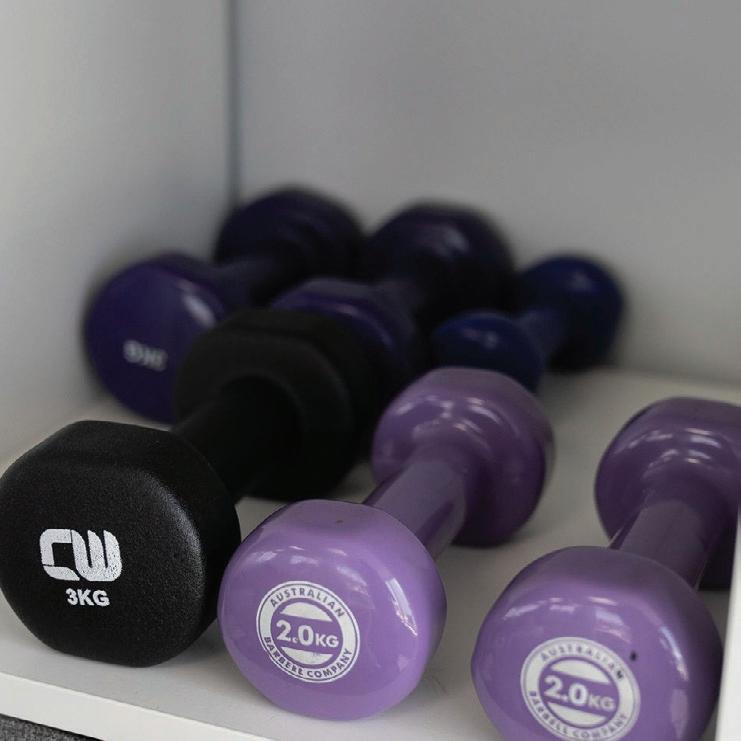
2 minute read
Female Athletes
There are different challenges treating female athletes compared to males.
• With more women playing sport and more opportunity for females to participate in sports such as AFL and rugby codes, there is greater injury risk.
Advertisement
• Data shows women are more likely to suffer concussion and knee injuries for the same amount of hours played compared men.
• Female sport is increasing like never before, women of all ages are participating in a wider variety of sports at all levels.
• The female body has unique differences that impact biomechanics, training, injury and recovery.
• Hormonal differences, the menstrual cycle and physical development are some of the obvious differences.
• Many of the principles that apply to males don’t apply to females the same way.
• We have physios specifically trained in understanding the female body and how it interacts to the sporting environment.
Suitability
For females of all ages and all levels of sport.
• All teenagers playing sport, particularly those aspiring to play elite sport or in talent identification pathways.
• Teenagers playing multiple sports.
• Those suffering concussion and knee injuries.
• Women of all ages playing sports that have been traditionally male sports such as AFL and rugby codes.
• Women returning to sport after childbirth.
• Young girls participating in sport and negotiating puberty.
• Senior women playing sport and negotiating menopause and effects of aging.
Benefits
Women are more at risk of some injuries. There are also morphological, hormonal and physiological differences that mean that females are more at risk of injury than their male counterparts and that there are factors that need to be considered when treating women.
Referral
We have physios with experience treating female athletes in Wodonga, Lavington and Albury Clinics.
• Simone Bowler has extensive training and experience in treating Women’s Health issues and is the head physio for the Murray Bushrangers Girls Program.
• Michelle Van Kesteren is an APA Sport and Exercise Physiotherapist.
• Julia Hargreave is completing her Masters in Sport and Exercise Physiotherapy and has extensive experience as a runner, triathlete and high level netballer.
• Shae Martello has extensive experience in nutrition, exercise training and adolescent development.
GLA:D
GLA:D (Good Life with Arthritis, Denmark) is an evidence-based program to increase the function and decrease the pain of those suffering from hip and knee osteoarthritis.
It combines education and exercise to assist people to cope with their condition, maximise their function without surgery, especially joint replacement.
Suitability
• People suffering from osteoarthritis of the hip and knee.
Benefits
• Evidence overwhelmingly suggests that the first line of treatment for hip and knee osteoarthritis should be education and exercise.
• There are many people who can learn to manage their condition and significantly increase their function without joint replacement, yet many are not even given the option.
Referral
Wodonga and Lavington Clinics.
Headache
Many headaches arise from musculoskeletal structures, especially the cervical spine. There are many assessment techniques and therapies to assist and resolve headaches. Manual therapy and exercise has very good evidence in resolving headaches without the use of medication.
Suitability
• People suffering from headaches.
• Many headaches may be associated with posture or after trauma.
• It is possible that increased stress on musculoskeletal structures around the cervical spine could lead to somatic referred pain to the head.
Benefits
Treatment of headaches related to the cervical spine (neck) can be effectively treated with manual therapy, education, and exercise, often reducing or eliminating the need for medication.
Referral
Albury and Wodonga Clinic, Simone Bowler.






